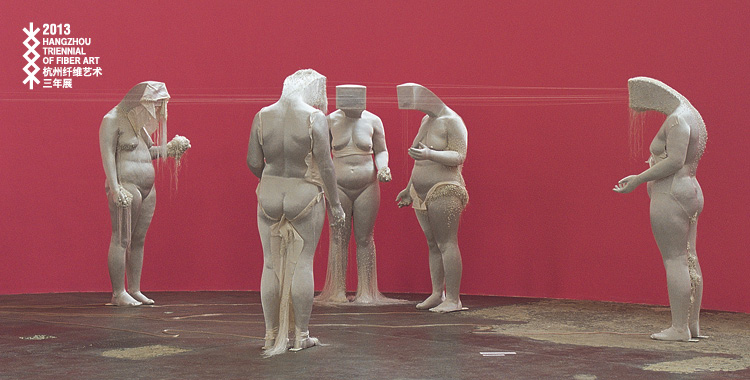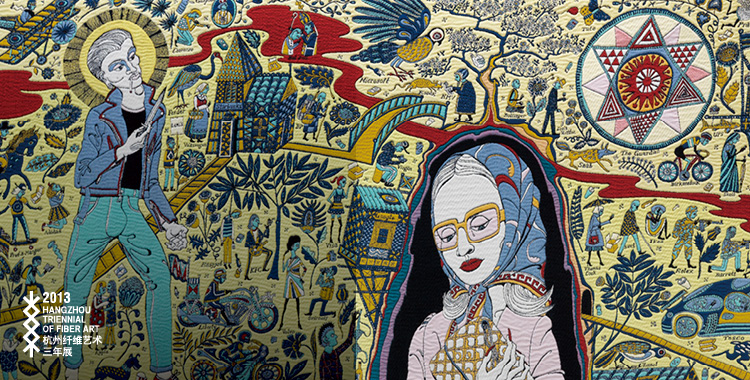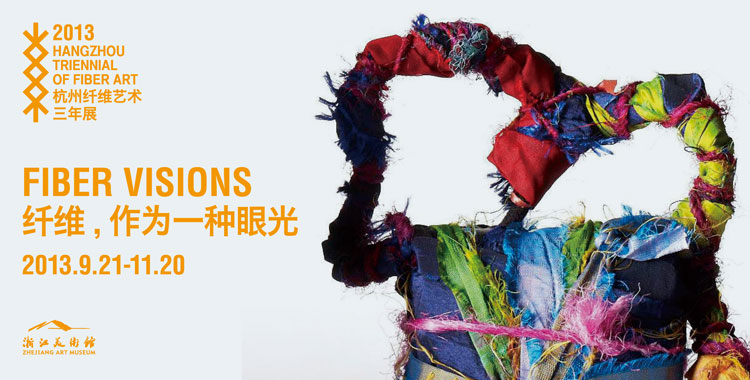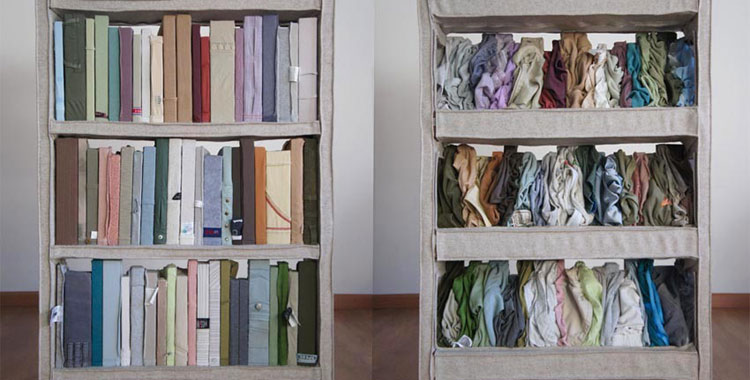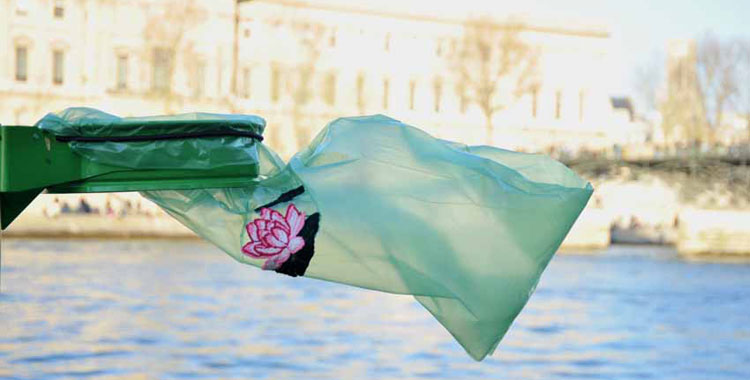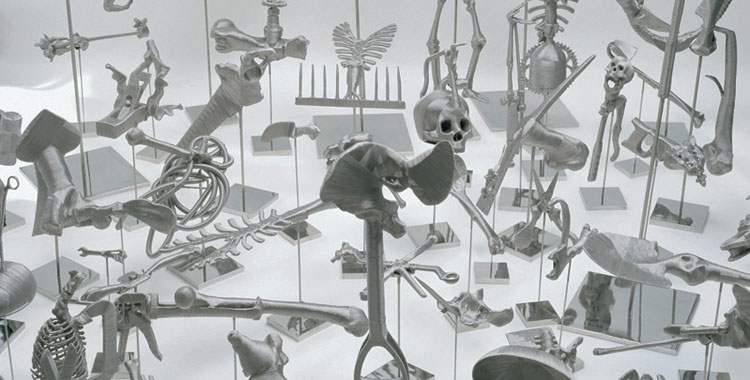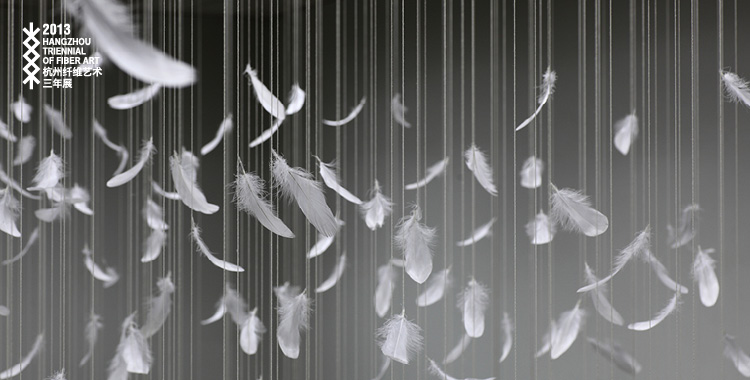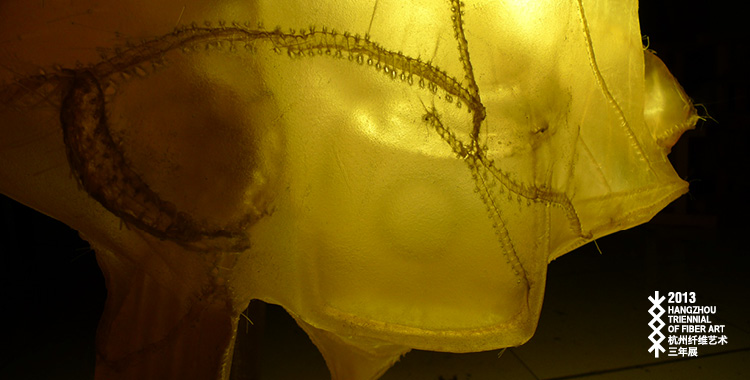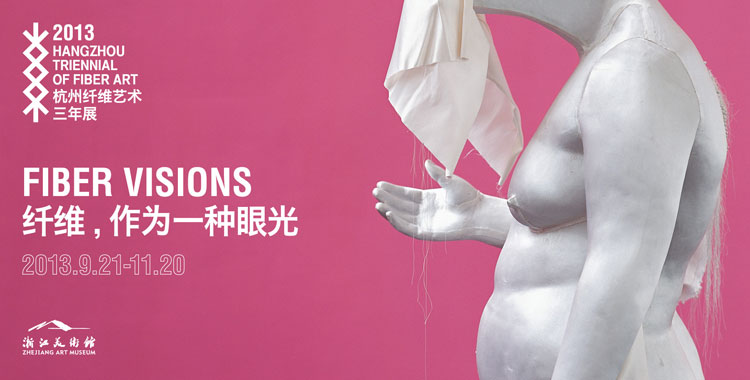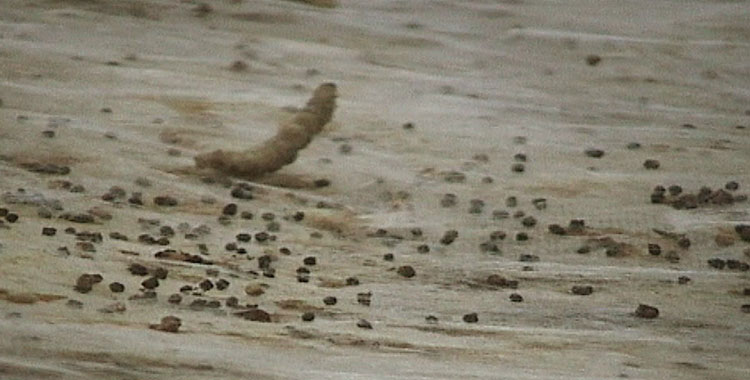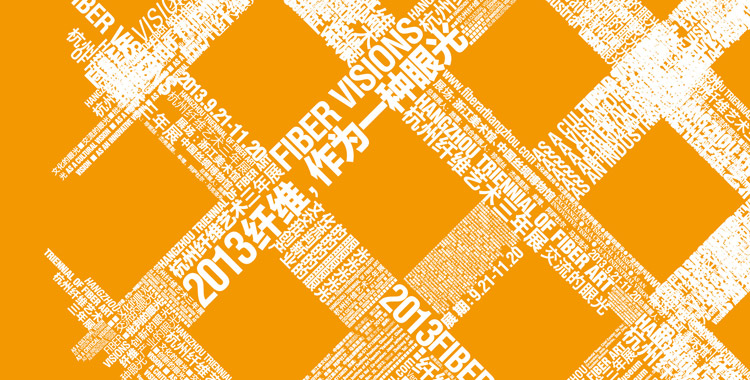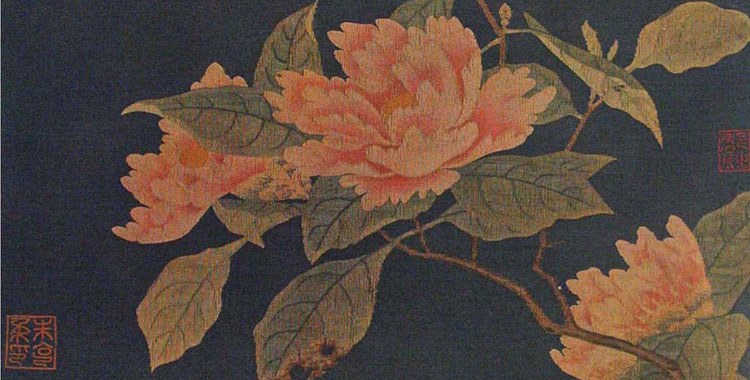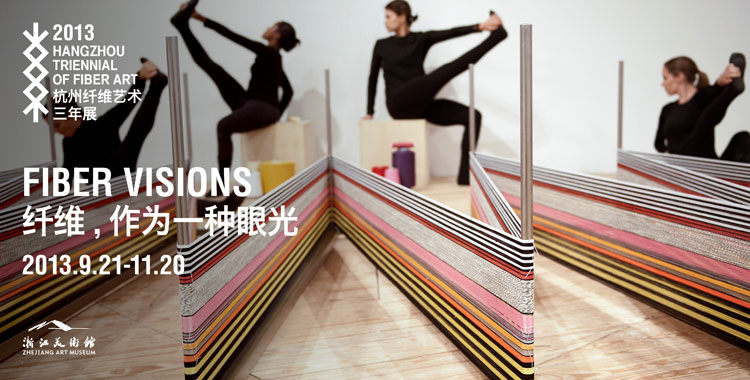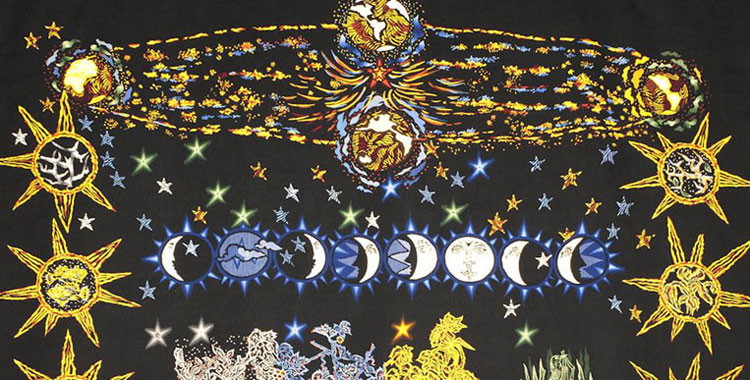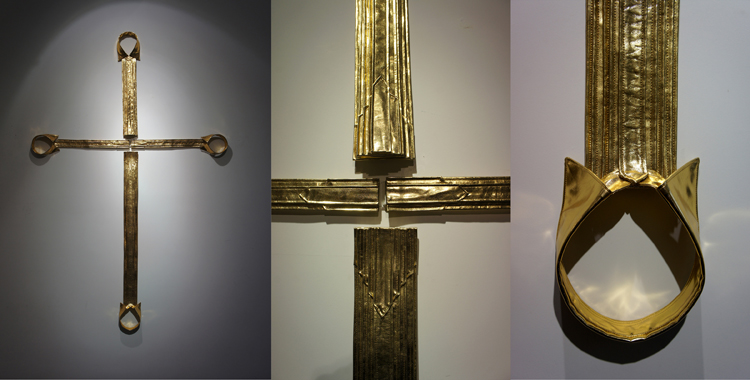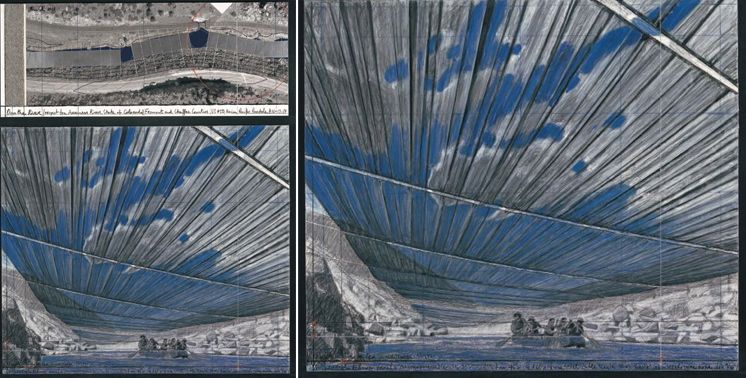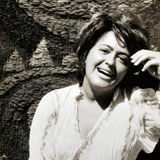Jagoda Buic
Born in Split, Croatia, in 1930, Jagoda Buic studied painting and art history in Zagreb, than moved to Vienna in her 20s with her father to complete her study in interior architecture and scenography, textiles and costume design.
In 1965 at second Lausanne Biennial she presents her monumental sisal weavings for the first time. The appearance of her wast structures veritable monuments in the round, has been the sensation of next Biennials, later in Venice and Sao Paulo. Buic’s use of cords, hemp and wool in her favorite black color has paved the way for the creation of new signs clarifying the development in surfaces and space. She is the artist who, together with Magdalena Abakanovicz , in the seventies transport textile art into the environment form.
Jagoda Buic tapestries have an architectonic character expressed in her works as Widows, Polyptych, Clytemnestra, Sunshine, Structural triptych, Wounded doves and positioned in the room, they have the format of a wall, so strong in effect like a fortress as into Hommage a Pierre Pauli, Black volumes and Black foliation.
Statement
"…At present moment, tapestry has, in my opinion an alternative: either to assert itself through its own structure, or to become an integral part of a given architectural setting. In the former case, considering that it has already freed itself from preconceptions and is no more the systematic transportation of a pain ting, tapestry has turned towards the imperatives of the materials, and the weaving process itself. Thanks to the Lausanne Biennales, we have been able to follow this development. Weaving, as such, allows infinite possibilities of interlacement / of thread / that remain to be exploited. This millennial experience is perfectly reflected in the creations of our own day, and there is no reason why it should stop…"
‘ On Tapestry’ ,1966, Jagoda Buic , Alpine Fine Arts Collection (U.K.)Ltd., 1988


